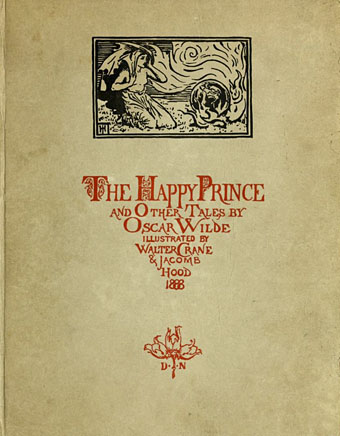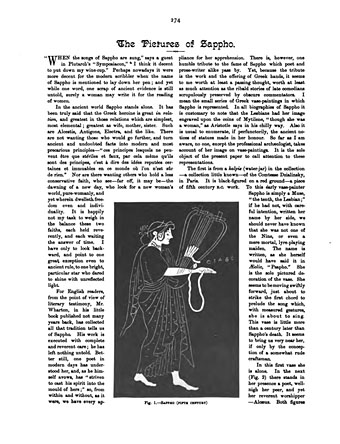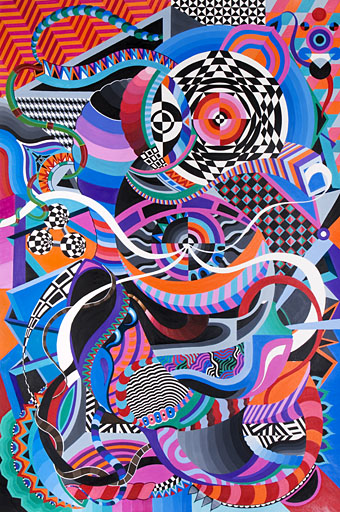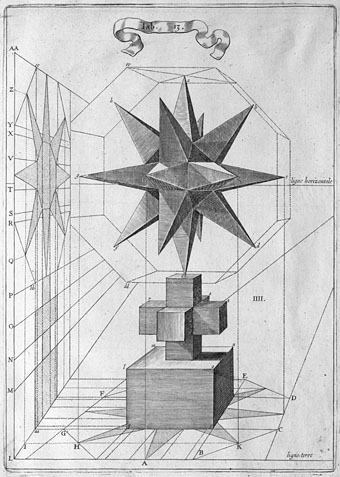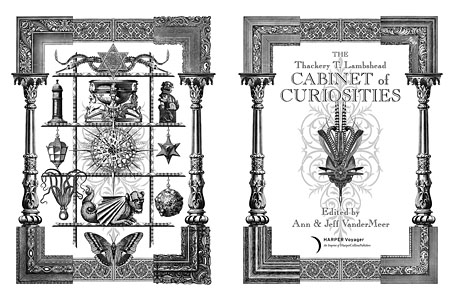AS11-40-5877 (1969).
• A minimum of Moon-related links this week because this is a subject I always return to. Previous links to NASA’s photo archives are now redundant after they changed their website but the archive of photos from the Apollo missions are currently hosted on Flickr…while Flickr lasts, anyway. The Albums section features whole film rolls from each of the missions.
• Mixes of the week: Stephen O’Malley presents In Session: Richard Pinhas (a re-posting of a mix from last year), and The Ivy-Strangled Path Vol. XVII by David Colohan.
• Living With The Human Machines: experimental artist Sarah Angliss speaks to Matthew Neale about the cyborgs, dummies and ghosts that populate her work.
• On And On And On: A Guide to Generative Electronic Music. Related: Deconstructing Brian Eno’s Music for Airports.
• At Dennis Cooper’s: Jesse Bransford presents…A List of Grimoires for the Twilight of the Age of the Book.
• A Dandy in Aspic exclusive: Paul Gallagher interviewed cult author Derek Marlowe in 1984.
• From Ted Hughes to HG Wells: Jeanette Winterson picks the best books about the Moon.
• Tate acquires vast archive of British surrealist Ithell Colquhoun.
• At Greydogtales: Ten supernatural stories which stay with you.
• Emptyset turn to machine learning on new album Blossoms.
• Paul Grimstad on the absolute originality of Georges Perec.
• Valerie Stivers on cooking with Bruno Schulz.
• Blown out ’77: in the studio with Suicide.
• Astronauts on record covers.
• Back Side Of The Moon (1991) by The Orb | Moonshot (1999) by Hallucinator | Under The Moon (2019) by Brian Eno with Daniel Lanois & Roger Eno


